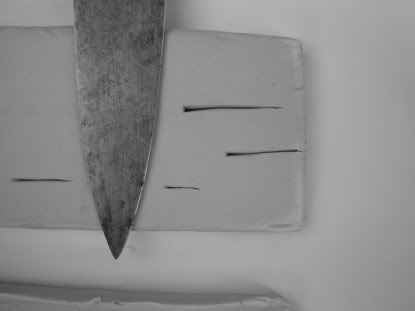Ah..
So you mean it could've been any one of a number of weapons. A range, in fact. Killeen didn't actually know with any certainty, he was guestimating?
Very good, I agree.
Nice pictures, by the way.
Only he knew the profile of the weapon which pierced the breastbone, and its penetrating depth.
All he has to be shown is a contemporary dagger-style bayonet, to conceed or reject it.
All he has to be shown is a contemporary dagger-style bayonet, to conceed or reject it.
Very good, I agree.
Nice pictures, by the way.



Comment